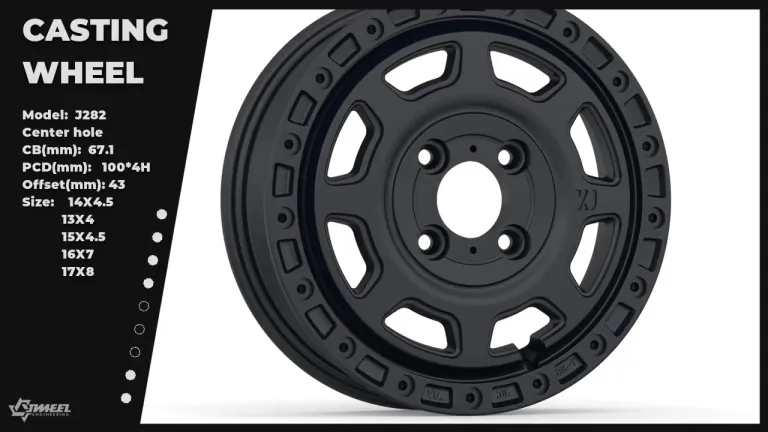Gravity casting has been a longstanding method used in the manufacturing of alloy wheels. Over the years, there have been significant innovations in the materials, design, and performance of cast alloy wheels, leading to improvements in overall quality and durability.
Advanced Materials
One key innovation in cast alloy wheels is the use of advanced materials. Traditionally, cast alloy wheels were made using aluminum alloys, known for their lightweight properties. However, manufacturers have now started using high-strength aluminum alloys, such as aluminum-silicon alloys, which offer increased strength and durability. These alloys have the advantage of being able to withstand higher loads and provide better performance, making them ideal for high-performance vehicles.
Design Enhancements
Another innovation in cast alloy wheels is the development of new designs that not only enhance the aesthetics of the wheels but also improve their performance. For instance, manufacturers have introduced designs with intricate patterns and shapes that not only look visually appealing but also increase the strength and rigidity of the wheels. By optimizing the design of the wheels, manufacturers are able to reduce weight while maintaining structural integrity, resulting in better handling and performance on the road.
Technological Advancements
Furthermore, advancements in technology have allowed manufacturers to improve the overall performance of cast alloy wheels. Through the use of computer-aided design (CAD) software, designers are able to create more complex and efficient designs that enhance the performance of the wheels. Additionally, advancements in casting techniques, such as low-pressure casting and counter-gravity casting, have enabled manufacturers to produce wheels with tighter tolerances and better surface finishes, further improving their performance characteristics.
Enhanced Performance
In terms of performance, innovative materials and design have allowed manufacturers to create cast alloy wheels that are not only lightweight but also strong and durable. This combination of lightweight properties and increased strength has led to improved handling, acceleration, and braking performance. Moreover, the advancements in casting technology have enabled manufacturers to produce wheels that are more resistant to corrosion and wear, ensuring a longer lifespan for the wheels.
Conclusion
Overall, the innovations in cast alloy wheels have transformed the wheel manufacturing industry, leading to the production of wheels that are not only aesthetically pleasing but also high-performing and durable. With advancements in materials, design, and performance, manufacturers are able to create wheels that meet the demands of modern vehicles and drivers. Gravity casting continues to be a key technique in wheel manufacturing, and with ongoing innovations, we can expect to see even more improvements in the future.